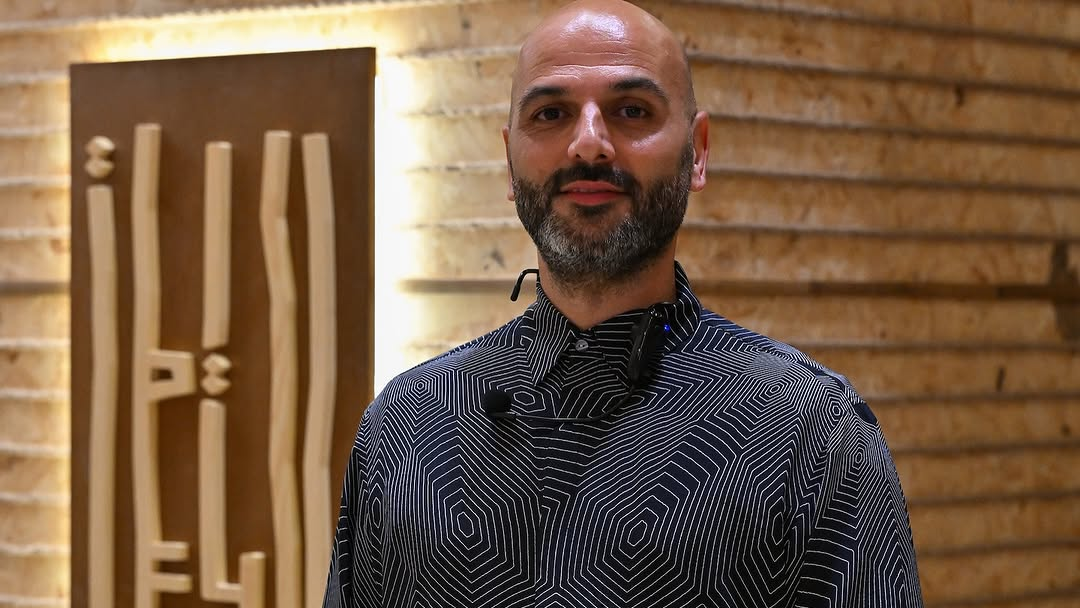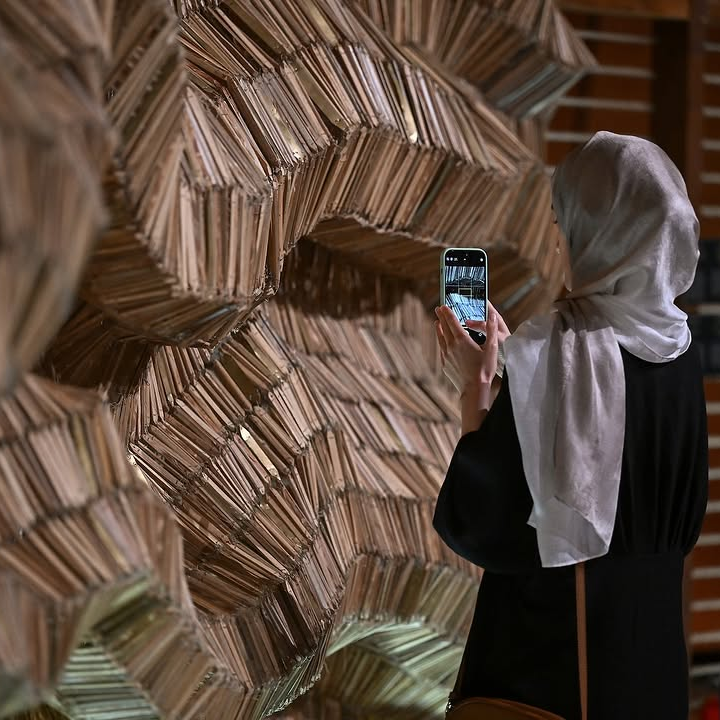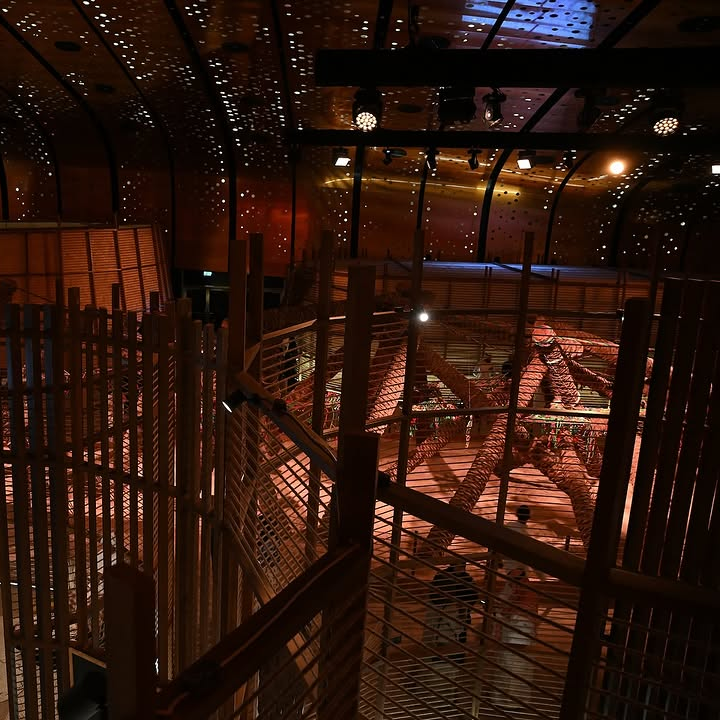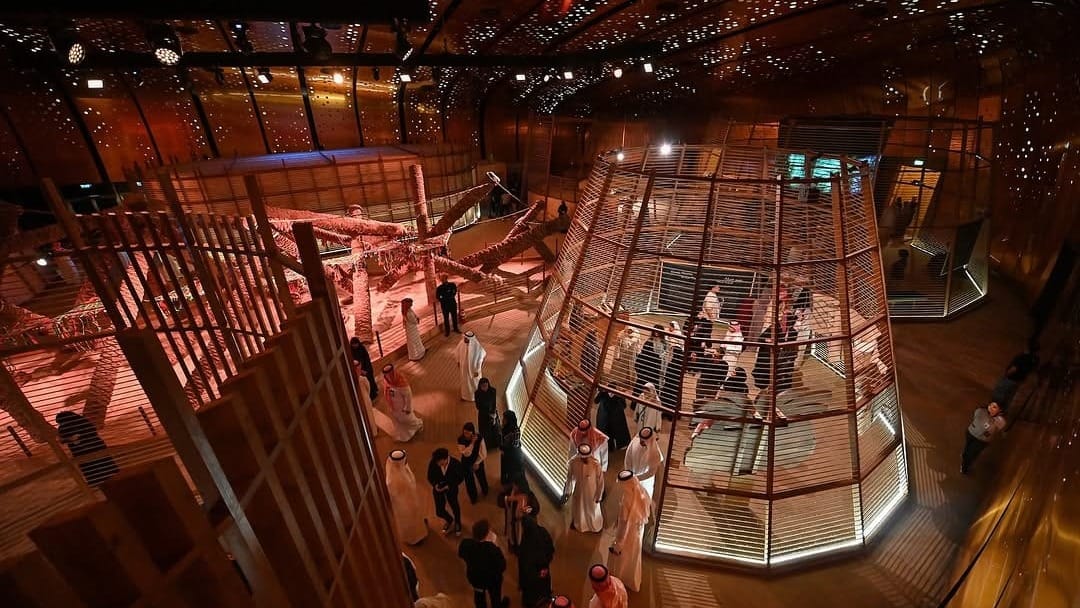The date palm has always stood at the heart of life on the Arabian Peninsula: a source of food, shade, shelter, craft, and communal memory. At the King Abdulaziz Center for World Culture (Ithra) in Dhahran, Baseqat: The Palm Tree Exhibition turns that living legacy into a contemporary experience from October 12 to December 30, 2025, inviting visitors to see the palm not only as heritage, but as a catalyst for design and innovation. Inside Ithra’s Great Hall, the exhibition speaks to families, designers, and culture-seekers alike. Rooted in the familiar, and branching confidently into the future.
What is “Baseqat: The Palm Tree Exhibition”?
Baseqat is a major cultural exhibition devoted to the palm tree’s role in shaping the cultural, economic, and ecological landscapes of the region. It highlights the date palm (Phoenix dactylifera), a symbol woven through Saudi daily life and artistry, while acknowledging the palm’s wider global family, from coconut and oil palms to fan and betel palms. Through installations, films, and hands-on spaces, Baseqat reflects how every part of the tree has been used, adapted, and reimagined by contemporary designers, makers, and researchers.
The exhibition brings together curatorial vision and community knowledge. Design curator Samer Yamani and cultural anthropologist and curator Razan Masri lead the project, shaping a museum experience that is as much about material intelligence as it is about memory.

The Palm, Reimagined at Baseqat
Baseqat turns the date palm from everyday resource into design language. Fruit, trunk, fronds, and fibers become a clear narrative of use, craft, and renewal. The exhibition presents the palm as a cultural and creative symbol that reaches beyond biology and place. Through immersive scenography and works by 20+ artists and designers, each zone is crafted with palm-derived materials, affirming the tree’s timeless role as both material source and emblem of cultural continuity and innovation.
"Al-Baseqat presents a rich visual narrative of the palm tree as a cultural and creative symbol that transcends its biological and geographical dimensions. It explores the many ways this iconic tree has inspired artistic, design, architectural, and research practices from around the world."
– Head Curator of Al-Baseqat, Samer Yamani

Six Zones: From Oasis to Lab
Baseqat is organized into six themed zones that move from symbolism to substance:
- Oasis – A point of arrival and orientation, evoking the palm as a sign of life in arid landscapes.
- Roots – The unseen systems that stabilize and nourish; a metaphor for ancestry and knowledge transfer.
- Trunk – Structure and strength; traditional and modern uses of wood and midribs in architecture and product design.
- Fronds – The craft heartland, from classic khoos weaving to contemporary experiments in pattern, texture, and form.
- Dates – Foodways, cultivation, varieties, and the cultural rituals that surround the fruit.
- The Lab – A hands-on zone for making and material research, where visitors learn by doing.
This clear structure helps visitors grasp the palm’s total economy—how each part of the tree can become shelter, vessel, surface, fiber, pigment, or paper.


Spatial Design and a Quranic Verse that Guides
The name Baseqat draws inspiration from a Qur’anic verse: “And towering palm trees loaded with clustered fruit” (Surah Qaf: 10). The verse captures the palm’s majesty and abundance, and it informs the exhibition’s spatial language. Inside the Great Hall, designers use palm wood, ropes, and fibers to shape a series of interconnected, areesh-inspired spaces: light, breathable structures familiar across Gulf histories. These spherical and semi-enclosed forms guide visitors from one thematic zone to the next, creating a rhythm of openness and intimacy. The result feels both contemporary and deeply local: a museum architecture that speaks palm, in material and meaning.


Programs, Films, and Making
Baseqat is built for participation. Its Lab hosts recurring workshops that turn heritage into hands-on learning:
- Date Palm Papermaking: An entry point to biomaterials, where participants transform palm by-products into sheets of paper and creative surfaces.
- Date Palm Bio Weaving: A deeper session (typically five hours) that explores weaving techniques, bio-materials, and form-finding with palm components.
Alongside the exhibition, visitors can attend film screenings, including “Sa’fa (A Frond)” by Mahmoud Kaabour, a filmmaker and museum consultant whose work mirrors Baseqat’s core themes: memory, craft, and the life of materials. The film offers a cinematic lens on the palm’s place in everyday life and the possibilities it holds for new generations.



Contributors and Featured Voices
Baseqat’s creative team reflects a blend of curatorial rigor and field insight:
- Samer Yamani, Design Curator — steering the material and design discourse of the exhibition.
- Razan Masri, Cultural Anthropologist & Curator — framing the social narratives that give the palm its lived meaning.
- Mahmoud Kaabour, Filmmaker & Museum Consultant — expanding the exhibition’s storytelling through film.
- Obaid Alsafi, Artist and 6th Ithra Art Prize winner — representing the contemporary Saudi art scene and its dialogue with heritage.
These voices anchor the exhibition in both scholarship and practice, ensuring that the palm’s story is told with accuracy, creativity, and care.
The Khoos Initiative: Heritage Reimagined
Baseqat sits within Ithra’s broader Khoos Initiative, a multi-program platform dedicated to reviving and reinterpreting palm-weaving traditions. Through residencies, commissions, and education, the initiative brings artisans and designers into shared spaces of learning. Its October residency period connects makers with Eastern Province weavers, encouraging collaboration across generations. In this context, Baseqat is more than a show; it is a hub where techniques are documented, skills are transferred, and new applications are prototyped.
Ithra as a Hub for Culture and Creativity
The King Abdulaziz Center for World Culture (Ithra) in Dhahran is a national platform for learning, making, and cultural exchange. It brings a museum, library, theater, cinema, archives, Children’s Museum, Idea Lab, and the monumental Great Hall under one roof, so audiences can see, study, and create in the same place.

Year-round, Ithra commissions new works, hosts world-class exhibitions, stages performances and film programs, and runs residencies and workshops that connect artists, designers, researchers, and families. Flagship seasons such as Tanween spotlight design and creativity across Saudi Arabia, linking local talent with global voices. In short, Ithra nurtures culture from classroom to gallery, from studio to stage, and from tradition to tomorrow.
Follow the Kingdom’s Cultural Calendar
Subscribe to Saudi Cultures for weekly updates on events, heritage, and voices across the Kingdom.
